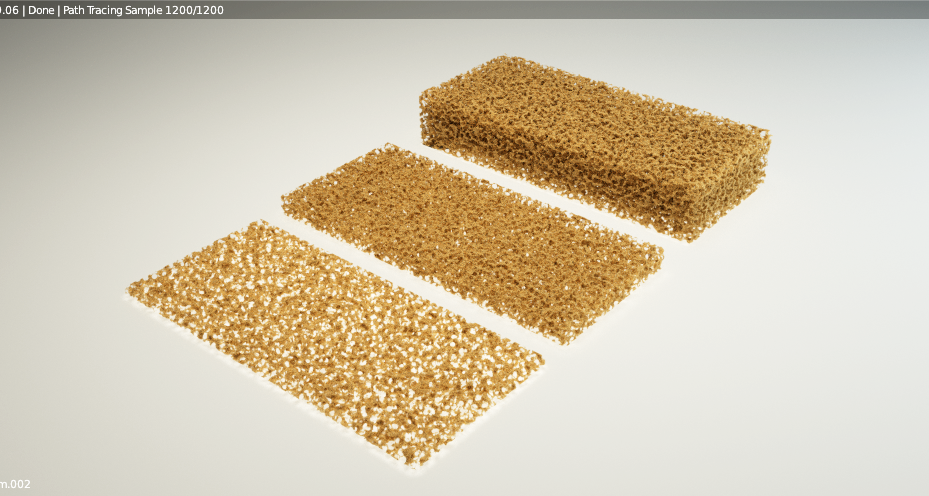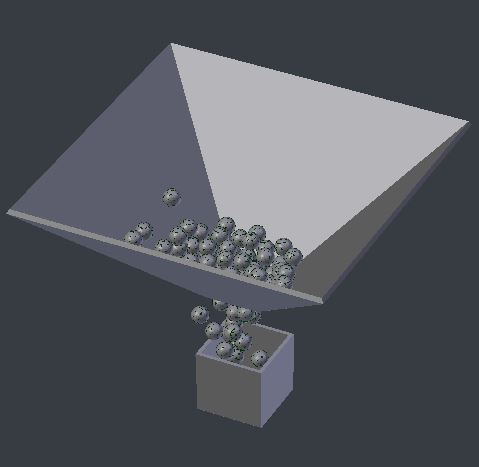I want to create a Auxetic Foam Cell Structure with this technique:
Create a sphere in sphere (with boolean diffrence)
Generate particles with add particles and replace with mesh sphere in sphere
for grid distribution la morphologie est obtenu de cette forme
Note: The interference between spheres with holes is equal to the thickness of spheres.

But, if i want the distribution of meshes (sphere in sphere) to be random (50 spheres), how can i do that? Ex:


















